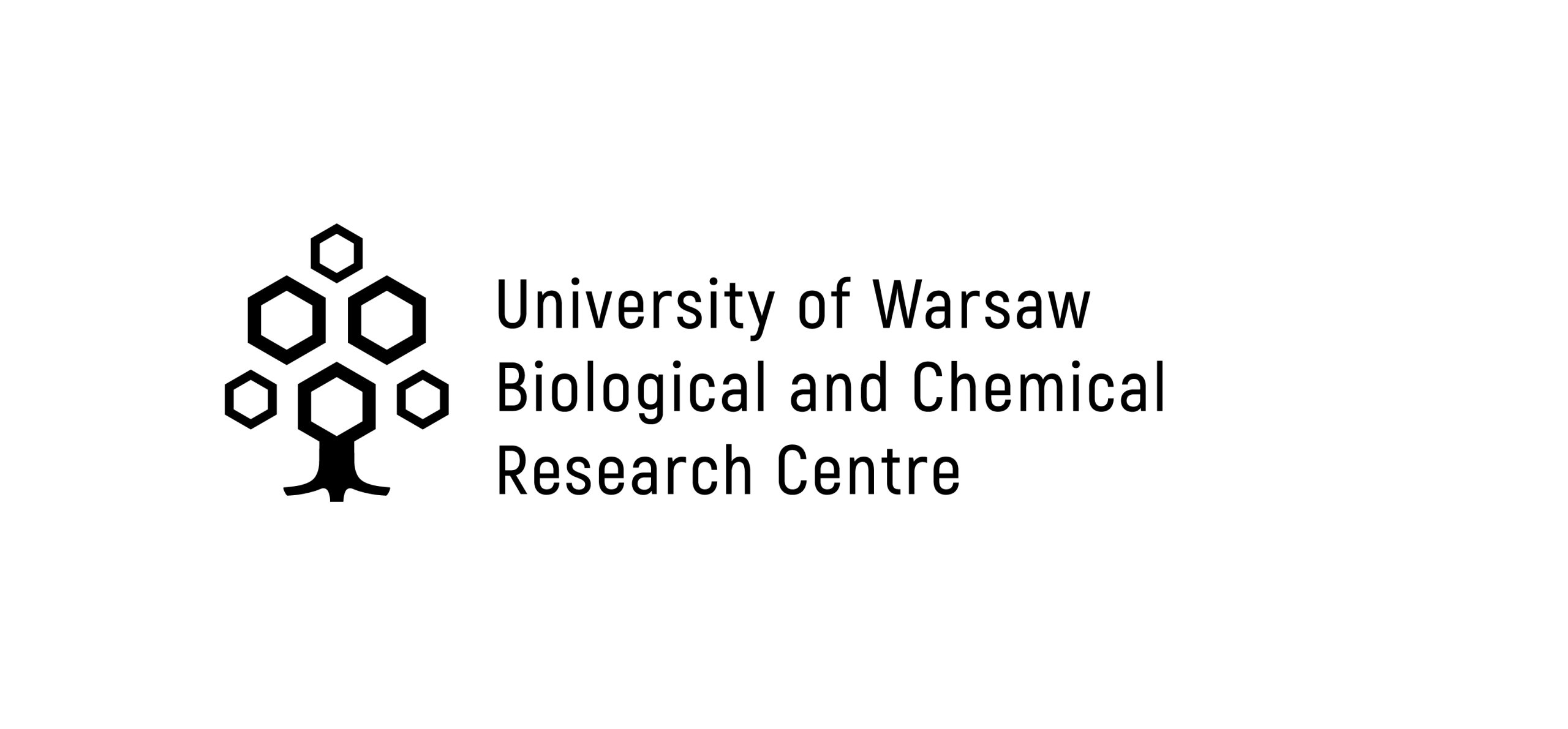Electron Density Modelling
Description of the group
The research group works on developing new methods of electron density modeling for X-ray crystallography, chemistry and structural biology.
The group is a part of the Laboratory of Structural Research and Biochemistry (LBSBio), contributing to the acquisition, maintenance and management of modern laboratory equipment available in LBSBio, and has full access to the Laboratory’s resources.
Research activities
Our primary goal is to create methods allowing to obtain more information from routinely collected X-ray diffraction data. On the one hand, these methods are intended to improve the quality of geometric data obtained from such measurements, and on the other hand, they provide access to a new type of information, i.e. to electron density and energy interactions. Our intention is that our methods of electron density modeling and intermolecular energy estimation should fill space between classical mechanics methods (force fields) and quantum mechanics methods: to be more accurate than the first, but definitely faster than the latter. At present, our research is mainly based on the developed in our group pseudoatom databank (University at Buffalo Pseudoatom Databank, UBDB), which enables rapid reconstruction of the electron density of organic molecules and biomacromolecules. We also work on more simplified models of electron density in the context of an even faster estimation of energy interactions and applications that go beyond crystallography.
We use the new methods we created (both in experiment and in theory) to understand the role of intermolecular interactions in complexes of proteins and nucleic acids and in crystals of organic compounds. Our main focus is the importance of electrostatic interactions. We are interested in the relationship between intermolecular interactions and crystals architecture, macromolecular structure or molecular recognition in the context of drug design. The biological systems we are currently analyzing are HIV protease complexes with small molecular ligands and IFIT protein complexes from RNA (in collaboration with the Structural Biology Group of dr Górna), starting with publicly available structures. In the case of organic crystals we work on nucleobases and their derivatives. As part of our research, we obtain our own crystals, determine their structure by X-ray and, as far as possible, obtain experimental electron density by means of high resolution X-ray diffraction measurements on a monocrystal. In everyday practice, we combine the experiment (X-ray and monocrystalline neutrons, small molecule crystallization, DSC / TGA) with theory (UBDB bank, classical force fields, optimization of isolated molecular geometry and periodic systems with DFT methods, topology of electron density, interaction energy with DFT- SAPT, etc.).
Offer
- Analysis of intermolecular interactions in protein and nucleic acid complexes using various models of electron density
- Experimental determination of electron density of crystals of organic molecules using monocrystalline X-ray diffraction
